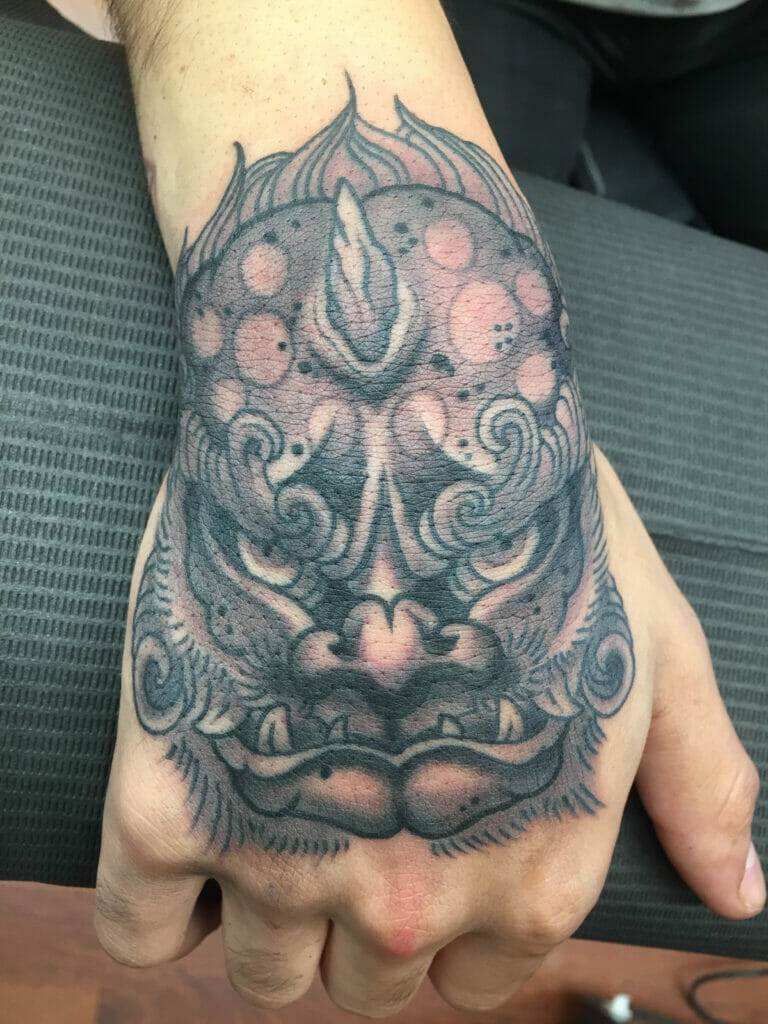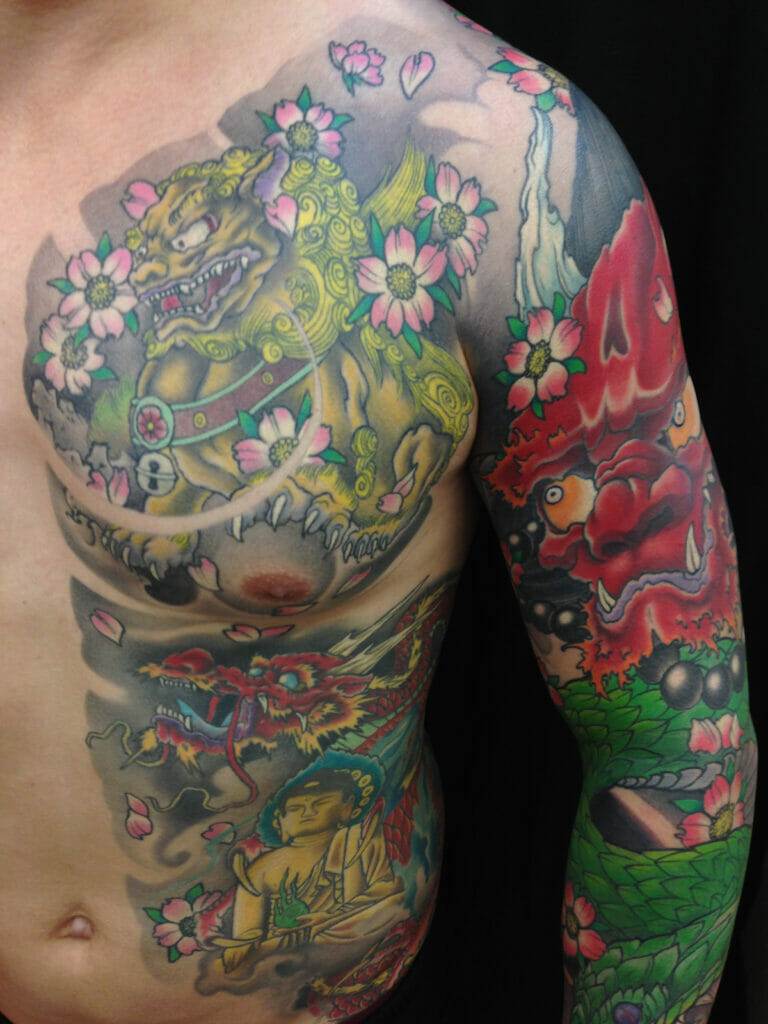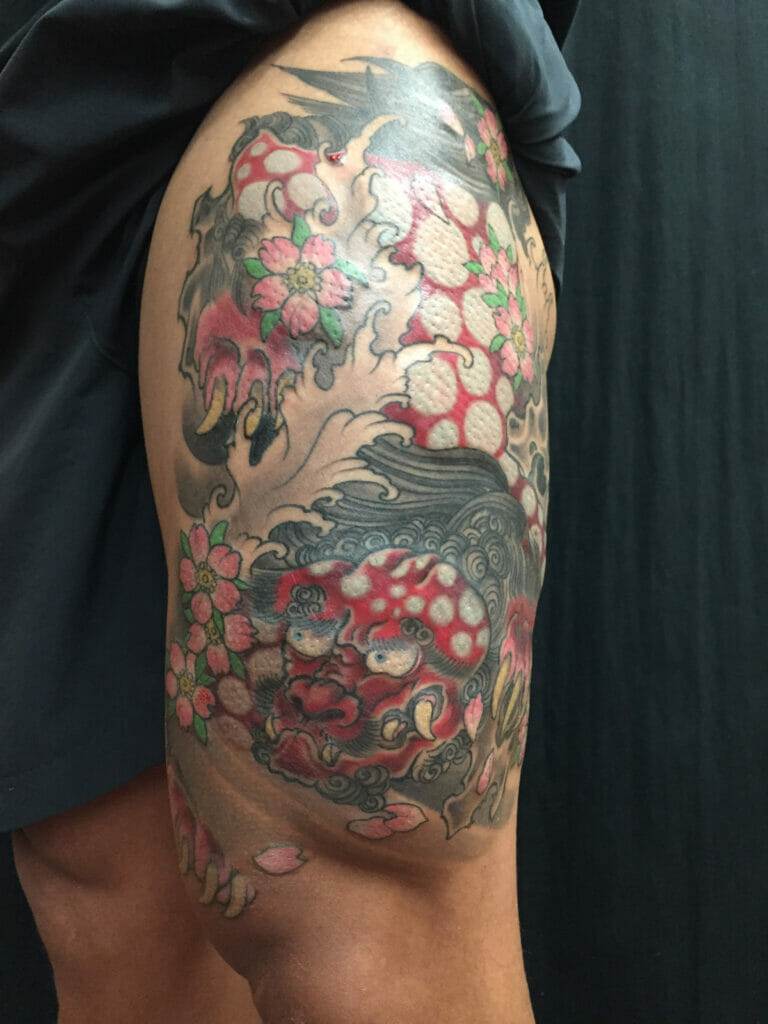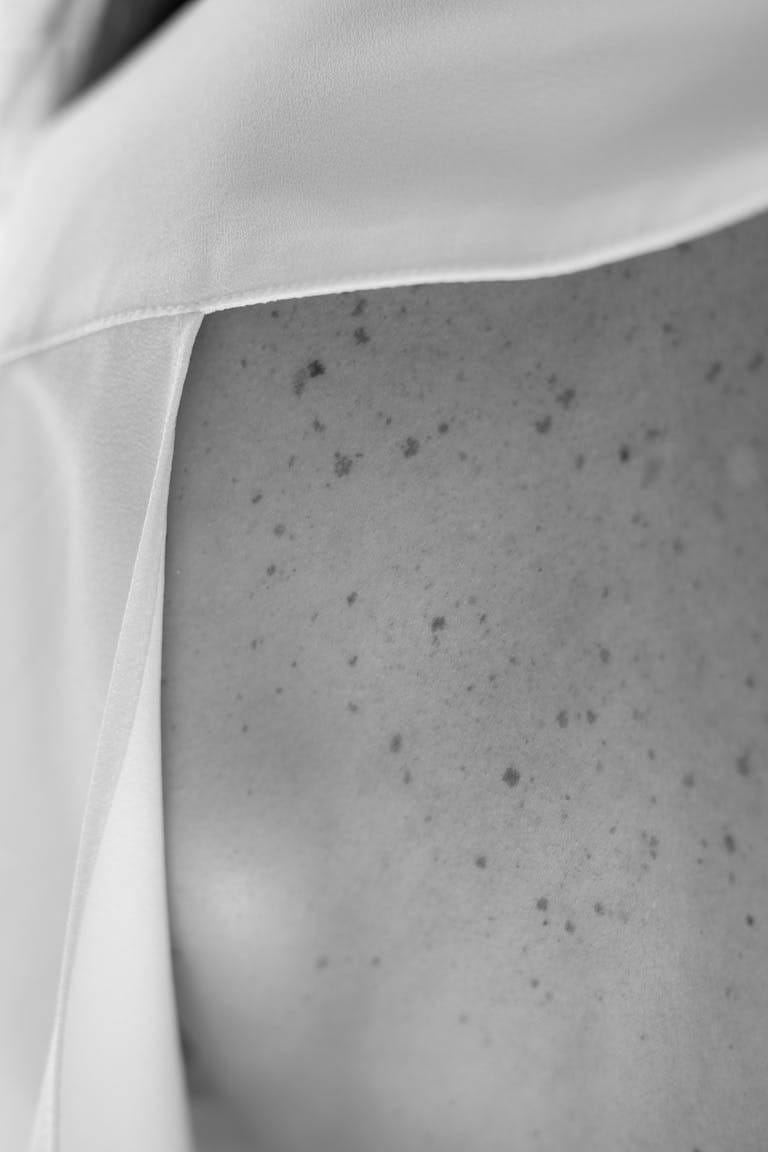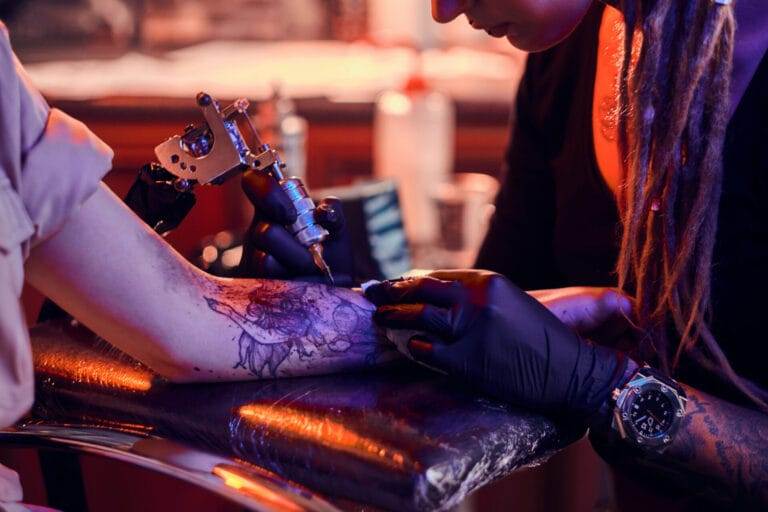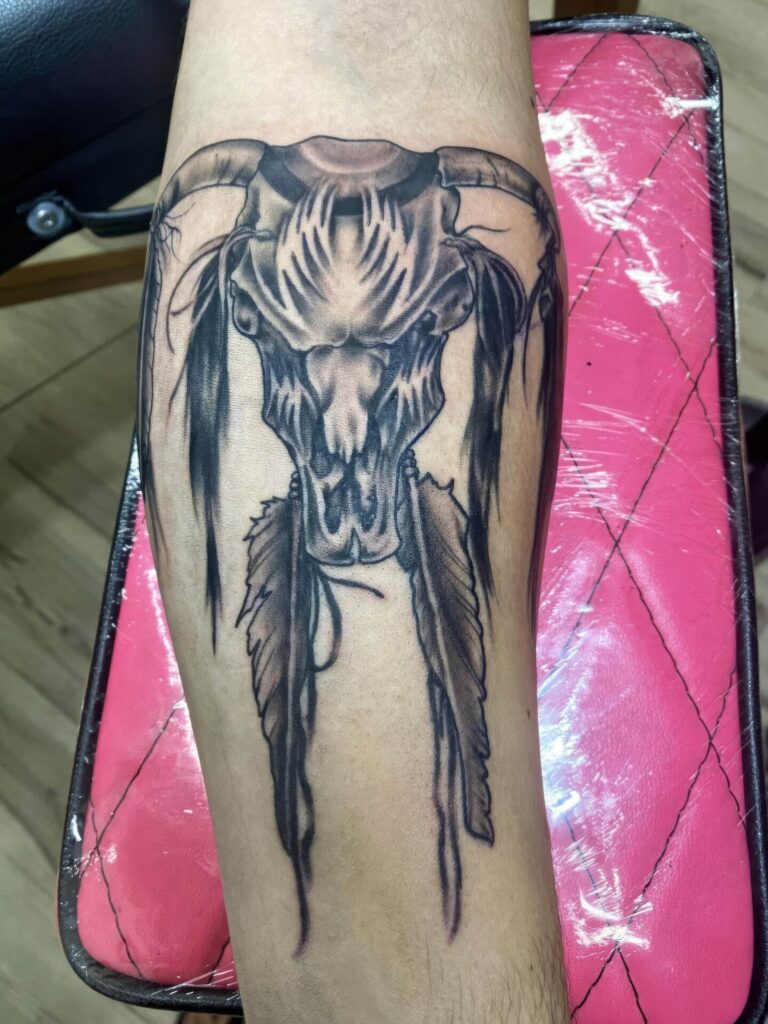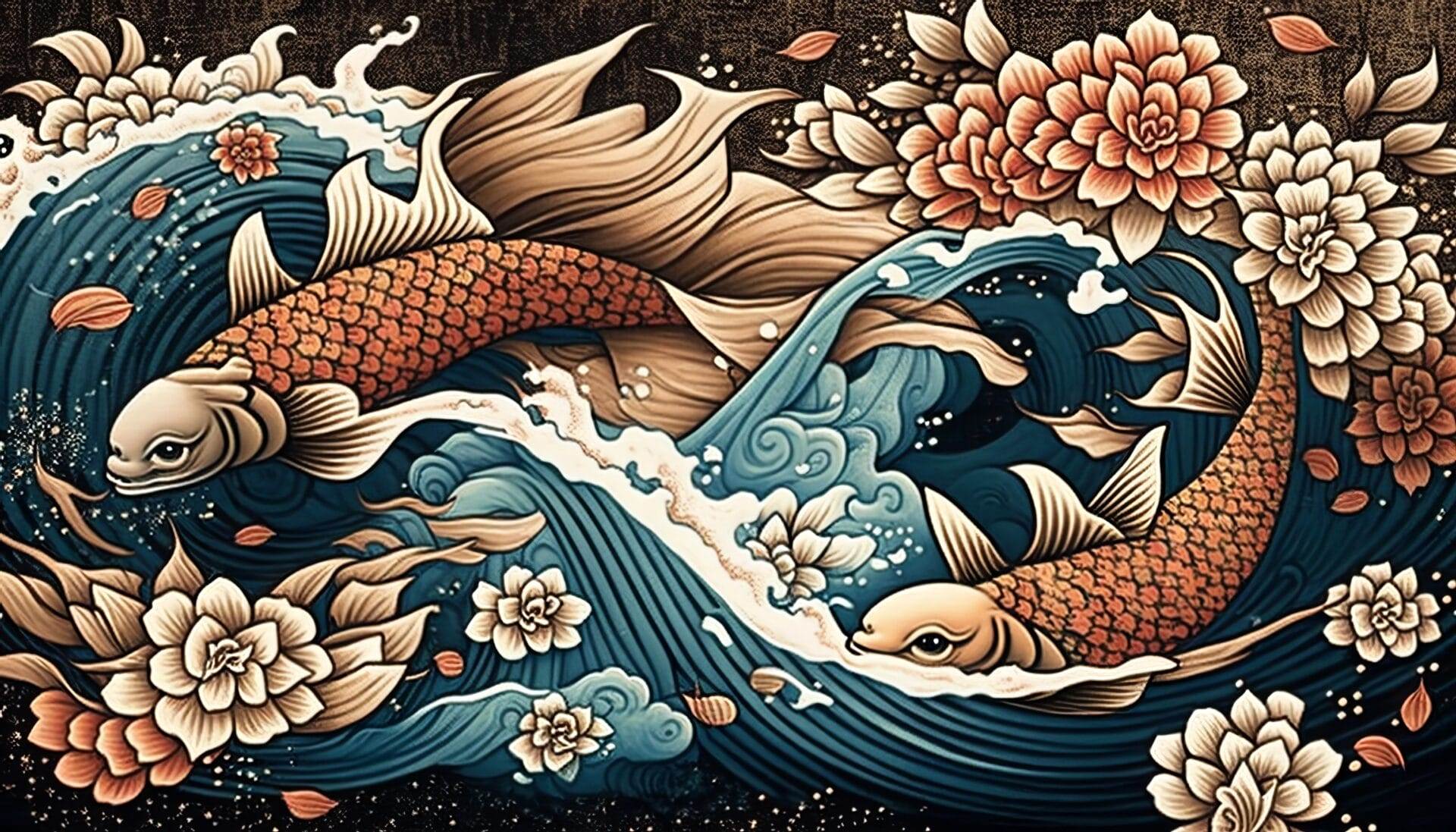
Japanese tattoos have a long and rich history, dating back thousands of years. What was once seen as a form of punishment or a mark of criminality has evolved into a highly respected and revered art form. Today, Japanese tattoos are known for their intricate designs, vibrant colors, and deep symbolism. They have gained immense popularity not only in Japan but also around the world.
In modern times, Japanese tattoos have become a symbol of individuality, self-expression, and personal identity. Many people choose to get Japanese tattoos as a way to honor and embrace the rich cultural heritage of Japan. The artistry and craftsmanship involved in creating these tattoos have also contributed to their popularity. Japanese tattoo artists are highly skilled and trained in traditional techniques, ensuring that each tattoo is a unique work of art.
The History of Tattooing in Japan
Tattooing in Japan has a long and complex history that dates back to ancient times. The origins of tattooing in Japan can be traced back to the Jomon period (10,000 BCE – 300 BCE), where evidence of tattooed figurines and clay pots with tattoo-like designs have been found. These early tattoos were believed to have been used for spiritual and ritualistic purposes.
During the Kofun period (300 CE – 600 CE), tattoos became more prevalent among the ruling class and warriors. Tattoos were used as a form of identification and status symbol, with different designs representing different social ranks. However, during the Heian period (794 CE – 1185 CE), tattooing began to decline in popularity due to the influence of Chinese culture and the rise of Buddhism.
The Symbolism Behind Japanese Tattoos
Japanese tattoos are known for their deep symbolism and meaning. Each design carries its own significance and tells a story. Some popular motifs used in Japanese tattooing include dragons, koi fish, cherry blossoms, and samurai warriors.
Dragons are a common symbol in Japanese tattooing and are often associated with strength, power, and wisdom. They are believed to be protectors and bringers of good fortune. Koi fish, on the other hand, represent perseverance and determination. They are often depicted swimming upstream, symbolizing the overcoming of obstacles and the pursuit of one’s goals.
Cherry blossoms, or sakura, are a symbol of beauty, transience, and the fleeting nature of life. They are often associated with the samurai code of bushido, which emphasizes living in the present moment and embracing the impermanence of life. Samurai warriors themselves are also popular subjects in Japanese tattooing. They represent honor, loyalty, and courage.
The Role of Tattoos in Japanese Society
Throughout history, tattoos have played a significant role in Japanese society. Different social groups have used tattoos to distinguish themselves and express their identities. In ancient Japan, tattoos were commonly worn by criminals as a form of punishment and to mark their status as outcasts.
However, tattoos were also popular among certain social groups such as firefighters and laborers. Firefighters would often get tattoos to protect themselves from harm and bring good luck. Laborers would use tattoos to showcase their skills and achievements.
In modern Japanese society, attitudes towards tattoos have changed significantly. While tattoos are still associated with criminality by some, they have also gained acceptance as a form of self-expression and art. Many young people in Japan today choose to get tattoos as a way to rebel against societal norms and embrace their individuality.
The Connection Between Japanese Tattoos and Samurai Culture
There is a strong historical connection between Japanese tattoos and samurai culture. Samurai warriors were known for their bravery, honor, and loyalty. They would often get tattoos to showcase their achievements in battle or to honor their ancestors.
One popular type of tattoo among samurai warriors was the irezumi, a full-body tattoo that covered the entire back and arms. These tattoos were often intricate and detailed, depicting scenes from mythology, nature, or historical events. The irezumi was not only a symbol of status and rank but also served as a form of protection in battle.
The Influence of Buddhism and Shintoism on Japanese Tattooing
Religion has played a significant role in the development of Japanese tattooing. Buddhism and Shintoism, the two major religions in Japan, have both influenced the symbolism and motifs used in Japanese tattoos.
Buddhism introduced the concept of karma and rebirth to Japan, which influenced the belief in the transience of life and the impermanence of all things. This is reflected in many Japanese tattoo designs, such as cherry blossoms and falling leaves, which symbolize the fleeting nature of life.
Shintoism, on the other hand, is a native religion of Japan that emphasizes the worship of nature and ancestral spirits. Many Japanese tattoo designs feature natural elements such as animals, flowers, and landscapes, which are believed to have spiritual significance.
The Importance of Nature in Japanese Tattoo Design
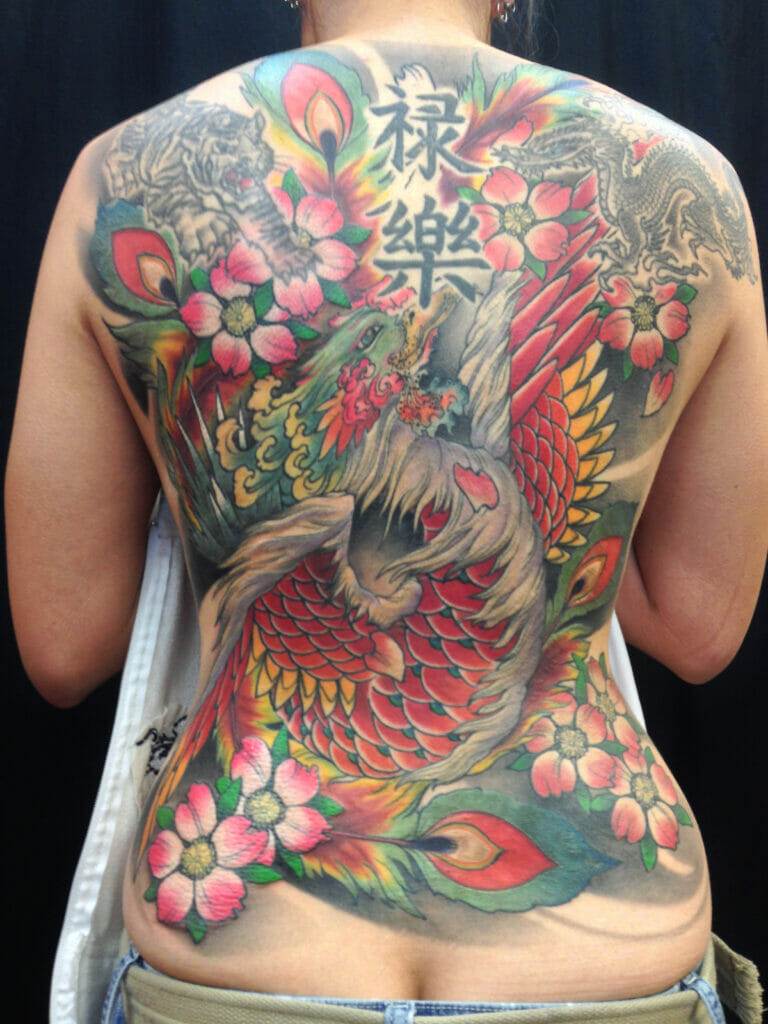
Nature holds great significance in Japanese culture and is often depicted in Japanese tattoo designs. The natural world is seen as a source of inspiration, beauty, and spirituality.
One common natural element used in Japanese tattooing is water. Water is associated with purity, cleansing, and renewal. It is often depicted as waves or flowing streams, symbolizing the ebb and flow of life.
Another popular natural element is the cherry blossom. Cherry blossoms are a symbol of beauty and transience in Japanese culture. They represent the fleeting nature of life and are often associated with the samurai code of bushido.
The Significance of Color in Japanese Tattoos
Color plays an important role in Japanese tattooing. Each color carries its own meaning and symbolism. Traditional Japanese tattoos often use a limited color palette, consisting of black, red, and shades of blue.
Black is the most commonly used color in Japanese tattoos and represents strength, power, and protection. Red is associated with passion, energy, and life force. It is often used to depict blood or fire in tattoo designs. Blue is a calming color that represents tranquility and spirituality. It is often used to depict water or the sky.
The Evolution of Japanese Tattooing in Modern Times
Japanese tattooing has evolved significantly in recent years. While traditional Japanese tattooing techniques are still highly respected and practiced, there has been a rise in new styles and techniques.
One popular style of Japanese tattooing is called “neo-traditional.” This style combines traditional Japanese motifs with modern elements and techniques. It often features bold lines, vibrant colors, and a mix of traditional and contemporary designs.
Another popular style is “irezumi,” which refers to the traditional full-body tattoos worn by samurai warriors. Irezumi tattoos are highly detailed and intricate, often depicting scenes from mythology or historical events.
The Controversy Surrounding Japanese Tattoos
Despite the growing popularity of Japanese tattoos, there is still some controversy surrounding them in Japanese society. Tattoos are often associated with criminality and the yakuza, the Japanese mafia. Many public places such as hot springs, swimming pools, and gyms have strict no-tattoo policies.
In recent years, there have been efforts to change these attitudes towards tattoos. Some businesses have relaxed their policies on tattoos, and there has been a growing acceptance of tattoos as a form of self-expression and art.
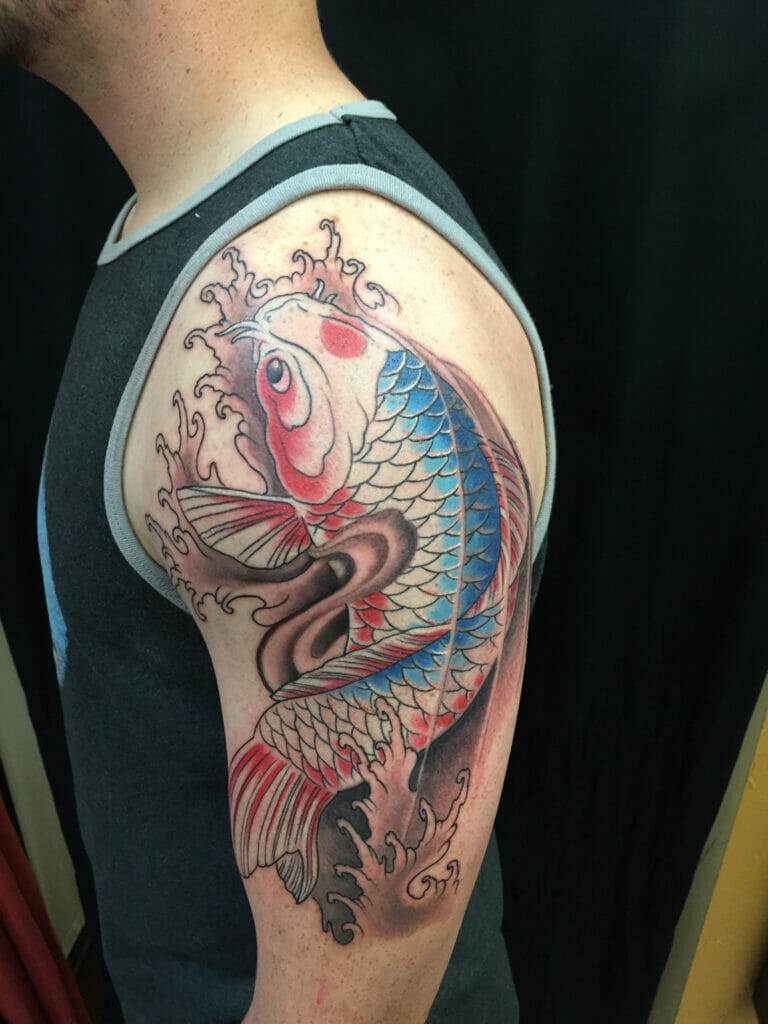
The Enduring Legacy of Japanese Tattoo Artistry
Japanese tattoos have a rich history and deep cultural significance. They are not only a form of self-expression but also a way to honor and embrace the traditions and heritage of Japan. The artistry and craftsmanship involved in creating Japanese tattoos have made them highly respected and revered around the world.
Despite the controversy surrounding tattoos in Japanese society, their popularity continues to grow. Japanese tattoos are a testament to the enduring legacy of Japanese artistry and craftsmanship. They serve as a reminder of the rich cultural heritage of Japan and the importance of preserving and celebrating it.

